Vouchery allows for generating various types of coupon-based promotions, and each of them consists of rules, as well as rewards. Read further to learn how it all ties together.
How does the Vouchery platform work?
Here is the typical workflow:
- As an app user and marketer, you can create campaigns and sub-campaigns that feature promotions and coupon codes.
- Coupon codes can be provided to customers either manually or automatically generated and sent to them upon a trigger, which is a specific action that activates the coupon generation workflow.
- In a marketing campaign or promotion, rules are established by marketers to specify the appropriate context for applying rewards and coupon codes to transactions.
- Your application triggers Customer-related events (for instance, code redemption, customer birthday or a loyalty transaction) by sending API requests to us.
- Based on specific rules, Vouchery determines whether a particular trigger event warrants a reward and then transmits this information back to your application.
Please visit our User Guides to learn more about campaigns, promotions, triggers, coupon codes, and all parts of the Vouchery platform.

Campaigns & Subcampaigns
Campaigns bring together all the elements required to apply the promotional incentive to the transaction.
Campaigns on Vouchery come in two types: main and sub-campaigns (promotions). Main campaigns are used to organize the sub-campaigns and come in various promotion types: discount, gift card, loyalty, and referral campaigns. To learn more about the different types of campaigns, please visit our User Guides section. Please remember that the type of the main campaign will limit the sub-campaigns created within that campaign to the same type of promotion.
Sub-campaigns consist of vouchers, redemptions, rules, limitations, and rewards. Campaigns specify particular marketing activity and determine general limitations and rules, which apply to all sub-campaigns belonging to the current one.
Sub-campaigns outline how a specific trigger should be handled and what rewards customers can expect to be applied to their transactions.
Triggers
Your application can send various events, known as triggers, to the Vouchery API. By sending any customer activity to our API, marketers can decide to reward particular activities. If a reward is granted, it will be sent in a response from the API.
Rules & Limitations
At times, it is necessary to define certain conditions for redeeming vouchers and receiving rewards. To achieve this, rules and limitations are implemented, which can vary depending on the type of voucher or campaign being used. Our UI enables marketers to easily set up these rules, which can be based on factors such as the total order amount or customer characteristics like their loyalty points or segments.
Redemptions & Rewards
When a customer redeems a code that adheres to the rules and limitations established in the voucher and campaign settings, they should be rewarded with one or more rewards.
The rewards a customer receives depend on the actions they take, also known as triggers. An example of this would be a customer earning five loyalty points for completing a survey within your application. Redemption occurs when a customer exchanges their rewards for a specific value, such as exchanging loyalty points for a voucher, which can then be used to purchase a product or service.
Voucher and coupon codes
When a coupon code is created, it is associated with specific promotion settings. Codes can be generated manually, or triggered automatically upon certain customer events. From the moment of its generation, each voucher gets a status entity that explains its relation to the redemption process.
Statuses vary depending on the type of voucher code, whether a generic discount coupon, unique discount coupon, or gift card voucher. If you would like to know more about the status and flow of our vouchers & coupons, please visit our documentation page.
